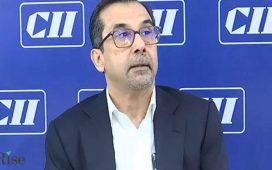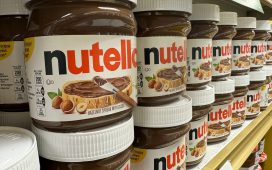
Investing.com– Oil prices fell in Asian trade on Thursday, pressured by persistent concerns over high for longer U.S. interest rates, while an unexpected build in inventories also raised concerns over less tight markets.
Traders steadily priced out a risk premium from oil prices this week after the death of Iran’s President appeared to have had little immediate bearing on geopolitical conditions in the Middle East.
Cooling optimism over stimulus measures in top oil importer China also factored into some weakness in markets, as traders waited to see just how the country will roll out its recently unveiled stimulus measures.
expiring in July fell 0.7% to $81.35 a barrel, while fell 0.8% to $76.98 a barrel by 21:02 ET (01:02 GMT).
US rate jitters grow after Fed minutes, policymaker comments
The minutes of the Fed’s late-April meeting showed waning confidence among policymakers that inflation was easing as expected, potentially necessitating high for longer interest rates.
A string of Fed officials also warned of such a scenario in recent weeks, and that any potential plans for rate cuts will be largely contingent on confidence in inflation coming back within the central bank’s 2% annual target.
Several policymakers also said they were open to raise interest rates further should the need arise, the minutes showed.
The minutes, along with the comments, boosted the dollar on Wednesday, which in turn pressured oil prices.
The prospect of high for longer U.S. rates also spurred persistent concerns that global economic activity will cool substantially in 2024, pressuring oil demand.
US inventories see unexpected build
Fears of sluggish demand and well-supplied markets were furthered by official data on Wednesday showing that U.S. saw an unexpected build in the week to May 17.
also grew, while saw a smaller-than-expected draw.
The reading set a dour tone ahead of the Memorial Weekend holiday, which usually marks the beginning of the travel-heavy summer season, which is expected to boost demand.
But sticky inflation, cooling retail spending and high interest rates are expected to potentially stymie U.S. fuel demand this year.
On the supply front, markets were awaiting a meeting of the Organization of Petroleum Exporting Countries and allies (OPEC+) in early-June, where the cartel could potentially extend its current run of production cuts.









